The Santa Maria
There has been much speculation and interest recently surrounding the potential discovery of Christopher Columbus’ famous ship Santa Maria. The Santa Maria was one of three ships that Christopher Columbus used in his maiden voyage. In fact, she was the largest of the three ships, but also the slowest, because of her weight and number of masts. These design features had their advantages however, although she was slow, her weight made her durable, meaning she was the perfect vessel for crossing the Atlantic. And it was following a voyage across the Atlantic that the Santa Maria met her fate.
On the 24th December 1492, just off the coast of Haiti, the crew of the Santa Maria began to celebrate and toast their drinks to the arrival of Christmas. Unfortunately, it was this that led to the sinking of the Santa Maria. Following a voyage across the Atlantic, which one would assume would be the more dangerous part of their journey, the crew all began to fall asleep following a heavy night of drinking. Heading for Cuba with only a young boy steering the Santa Maria, she ran aground and sank the next day. 522 years later, underwater archaeologist Barry Clifford claims to have found the wreck.
What evidence does he have?
Barry Clifford, shown to the right, is an extremely experienced underwater archaeologist, responsible for discovering the wreck of the first ever fully verified pirate ship the Whydah, and so his reputation increases the validity of his claim. Further to this, he has over 30 years of underwater archaeology experience, meaning it can be easily assumed that his claim has merit.
Mr Clifford has strong evidence that the location of the wreck he has found is the location of where the Santa Maria would have sank. He has collected recordings from Columbus’ diary and narrowed his search down to a very small area using marine magnetometers. Furthermore, he has used his earlier findings of Columbus fort, which is assumed to be built near the actual wreck of the Santa Maria, to further prove that the wreck he has found is the Santa Maria. With the evidence that Mr Clifford has gathered, it can be safely assumed that he is looking in the right area.
Mr Clifford has also measured, and taken photos of the wreck, and these measurements provide further evidence that the wreck he has found is the Santa Maria. The results of this search have been very convincing, an experienced underwater archaeologist finds a wreck in roughly the area where the Santa Maria sank, and the wreck roughly matches the size of the Santa Maria as well.
So what happens next?
Mr Clifford has secured a full excavation of the wreck, shown below, under the protection of the Haitian government. In due course, in partnership with the History Channel, he will fully excavate the wreck and determine whether it is actually the Santa Maria. This will make for a very interesting documentary and prove the identity of the sunken ship, which will have even further implications.
What will the discovery of the Santa Maria mean for archaeologists and historians?
If the wreck is truly the Santa Maria, it will mean a lot for discovering more about Christopher Columbus and his explorations of South America. Professor Jon Adams, who is the director of the Centre for Maritime Archaeology at the University of Southampton comments, “If it’s the Santa Maria, it would be a major find. You could say it’s additionally significant because it has both archaeological importance in terms of its materiality but it also has social importance because of its historical significance”. His co-worker Dr Fraser Sturt also commented, “If it is the Santa Maria it’s amazingly significant because of the story that goes with it. The discovery of any ship from that period would be intensely interesting in its own right”. Both Professor Adams and Dr Sturt reinforce that the true discovery of the Santa Maria would have important implications for our understanding of history.
Most importantly, it is the flagship of Christopher Columbus, who is well known for his discovery ofSouth America and being one of the first explorers to truly map the identity of the world we know today. The level of coverage that this discovery has recieved is testament to the fame of both Columbus and his ship. Even 500 years after she sank, people continue to order model replicas of her such as the one shown to the right, which we manufacture ourselves. Building this model was originally very difficult as it is hard to obtain ship plans for a ship that is as old as the Santa Maria.
Ultimately, the discovery of the Santa Maria will increase our understanding of many things, including the ship design of this period, Columbus’ voyages; the discovery of South America, the list goes on and on. Perhaps most significantly it will allow us to understand more about the first voyage of Christopher Columbus and how this astonishing explorer helped our civilization in shaping the geography of today’s world.
SOURCES:
Daily Mail, http://www.dailymail.co.uk/news/article-2629071/Columbus-Santa-Maria-LOOTED-needs-excavated-Diver-claims-500-year-old-wreck-says-ship-preserved-immediately.html
The Independent, http://www.independent.co.uk/news/science/archaeology/santa-maria-discovery-archaeologists-hail-find-as-amazingly-significant-9364745.html
BBC, http://www.bbc.co.uk/news/world-us-canada-27397579





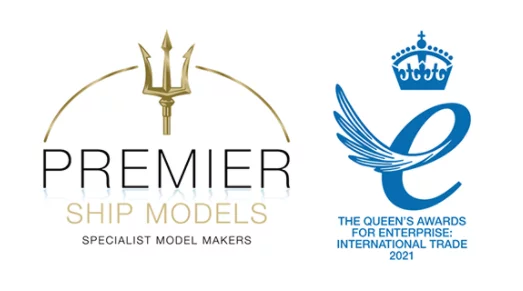

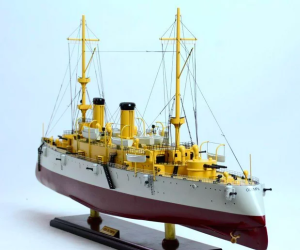
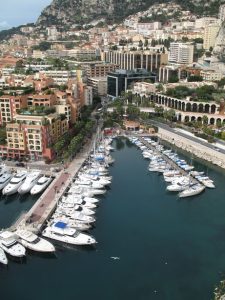

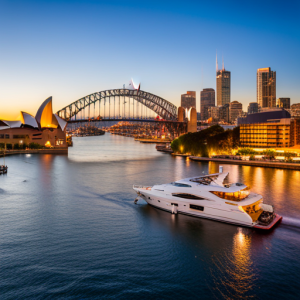
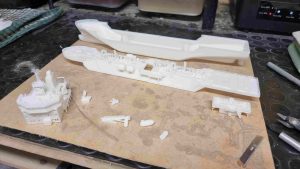
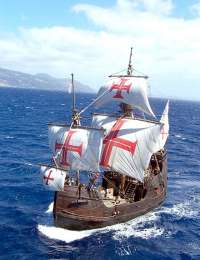

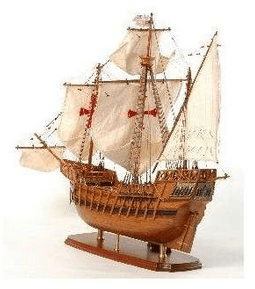










Comments
No comments (yet). Be the first to write a comment!